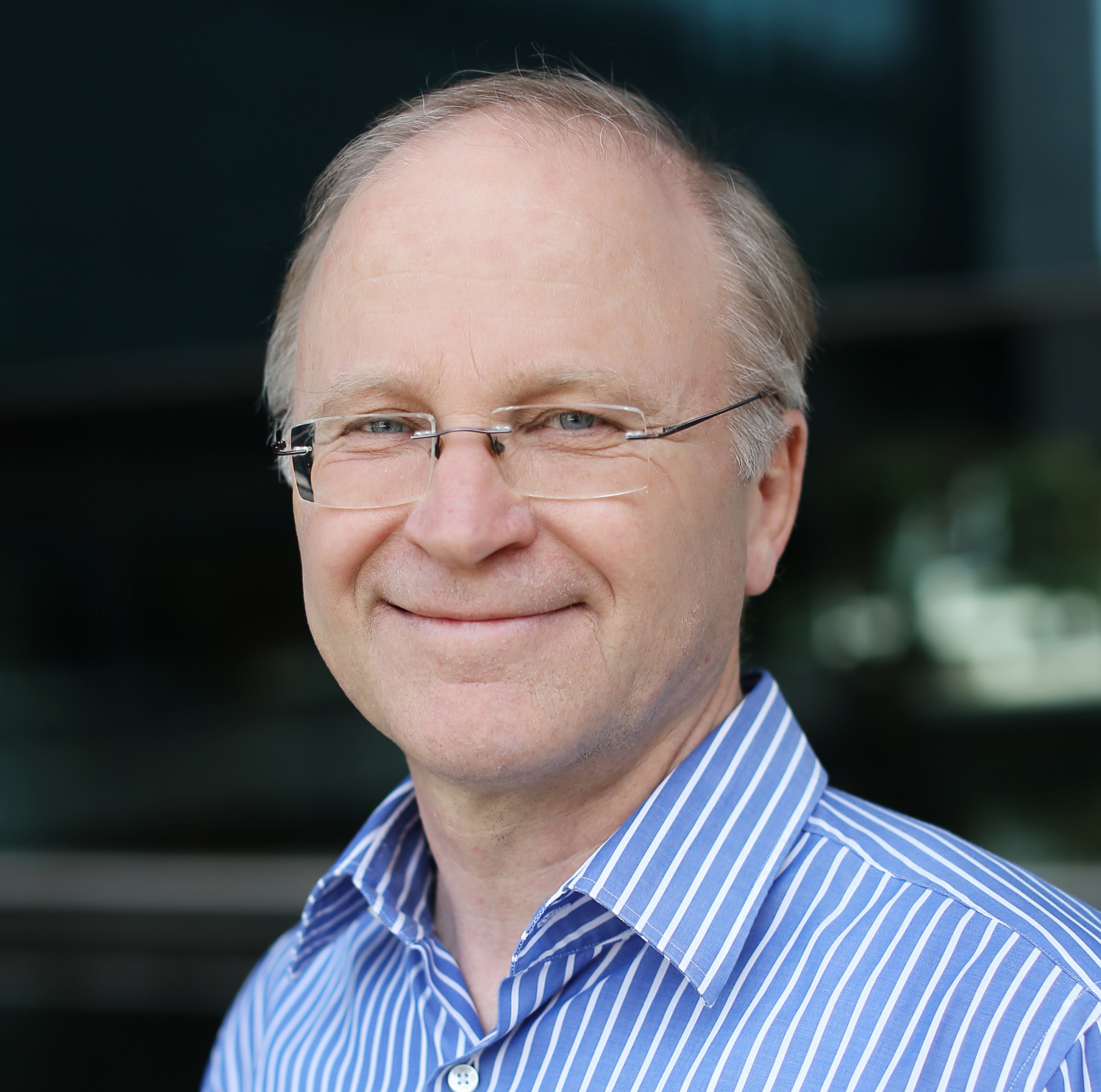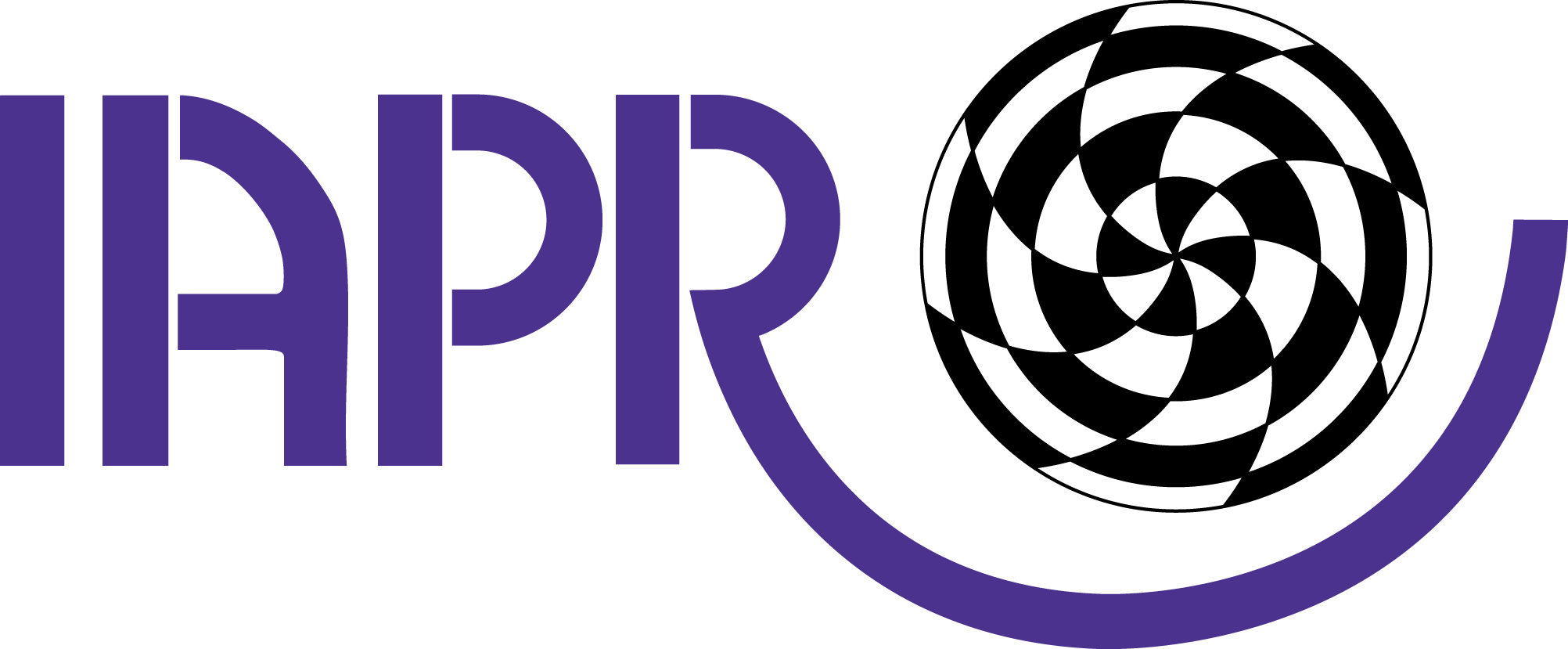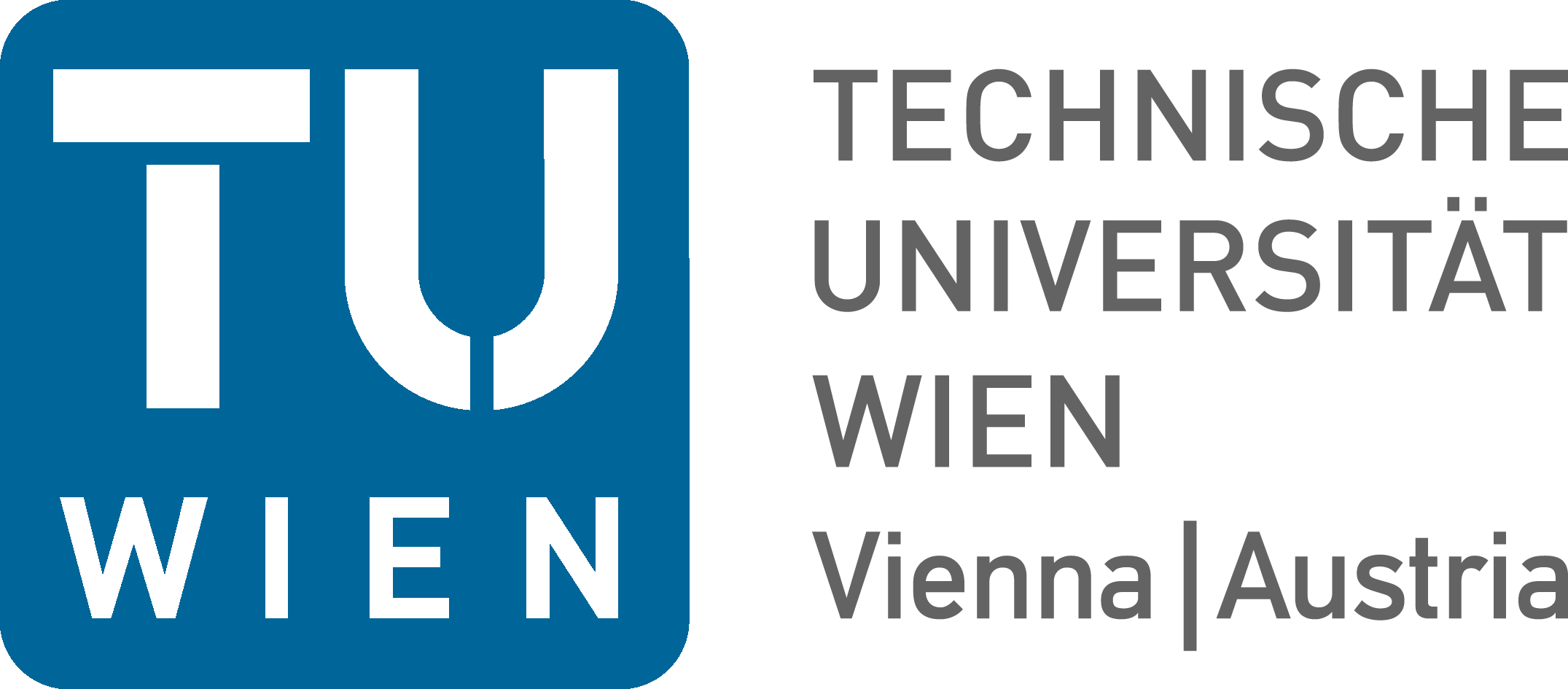IAPR Invited speakers
Eric Andres
 University of Poitiers, France
University of Poitiers, France
Title: Collaborating with an Artist in Digital Geometry
Abstract: In this invited talk, we are going to present an ongoing
collaboration with a local artist, Aurelie Mourier. The artist works with
voxel shapes and this led our digital geometry team to develop new shape
modeling tools and explore a particular class of unfolding problem
Helmut Pottmann
 TU Wien, Austria
TU Wien, Austria
Title: Freeform Architecture and Discrete Differential Geometry
Abstract: Freeform structures play an important role within contempo-
rary architecture. While there is a wealth of excellent tools for the digital
design of free-form geometry, the actual fabrication on the architectural
scale is a big challenge. Key issues in this context are free-form surfaces
composed of panels which can be manufactured at reasonable cost, and
the geometry and statics of the support structure. The present article is
an extended abstract of a talk on the close relation between geometric
computing for free-form architecture and discrete differential geometry.
It addresses topics such as skins from planar, in particular quadrilateral
panels, geometry and statics of supporting structures, structures in force
equilibrium.
Michael Wilkinson
 University of Groningen, The Netherlands
University of Groningen, The Netherlands
Title: A Guided Tour of Connective Morphology: Concepts, Algorithms, and Applications
Abstract: Connective morphology has been an active area of research
for more than two decades. Based on an abstract notion of connectivity,
it allows development of perceptual grouping of pixels using different con-
nectivity classes. Images are processed based on these perceptual groups,
rather than some rigid neighbourhood imposed upon the image in the
form of a fixed structuring element. The progress in this field has been
threefold: (i) development of a mathematical framework; (ii) develop-
ment of fast algorithms, and (iii) application of the methodology in very
diverse fields. In this talk I will review these developments, and describe
relationships to other image-adaptive methods. I will also discuss the
opportunities for use in multi-scale analysis and inclusion of machine
learning within connected filters.
 University of Poitiers, France
University of Poitiers, France
 TU Wien, Austria
TU Wien, Austria
 University of Groningen, The Netherlands
University of Groningen, The Netherlands



